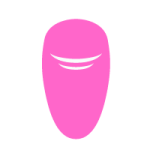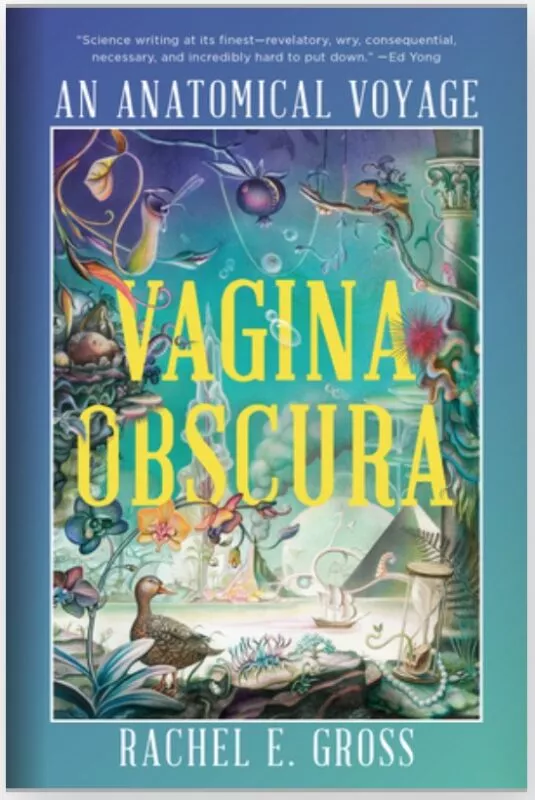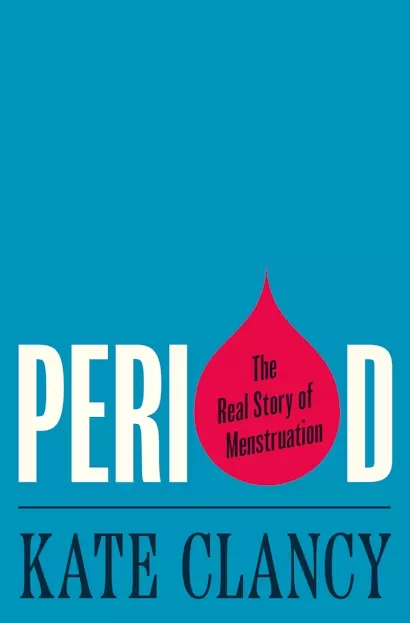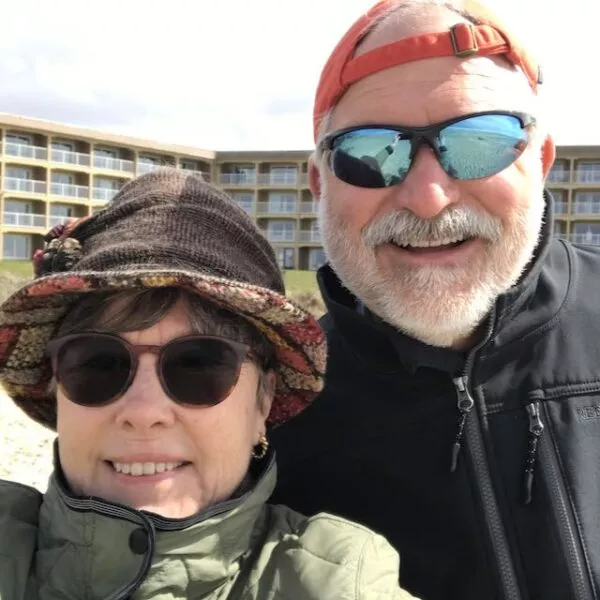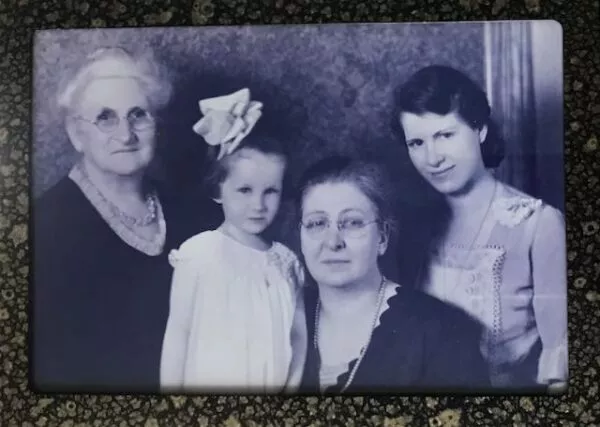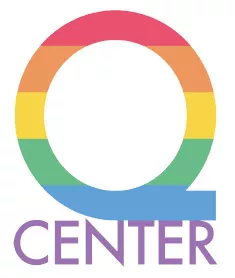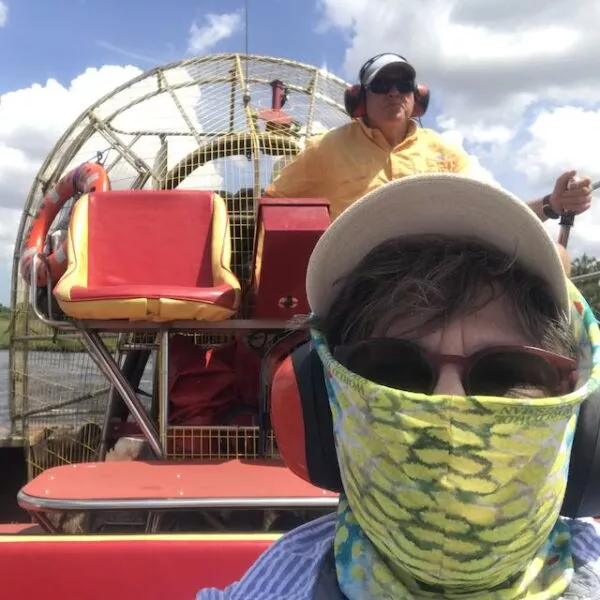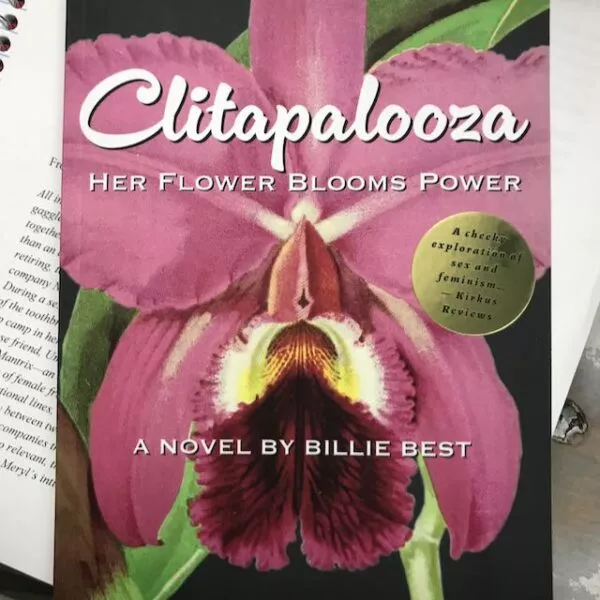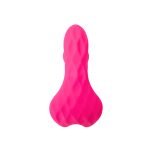Life is a biological experience. Understanding our bodies is the first step toward a better understanding of ourselves.
I was talking to a reader about my book, Clitapalooza, and she suggested I read Vagina Obscura: An Anatomical Voyage by Rachel E. Gross (2022). So, after some research I’ve ordered the physical book because I understand the surrealist illustrations by Armando Veve are extraordinary and I want to peer at them. In doing my homework on the book, I particularly enjoyed this article: 13 Ways of Looking: Rachel E. Gross and Armando Veve on the Pioneerworks.org website. Here are the first two paragraphs of the article written by Rachel —
Vagina Obscura started out as a dive into the innermost reaches of the human body, one that I hoped would bathe readers in the wonders of reproductive biology. Along the way, I would recount the wacky history of how scientists of yore envisioned these elusive organs (uteruses as inside-out penises! Ovary juice as the elixir of life!), as well as all the ways modern explorers are reimagining them today (uteruses as hotbeds of regeneration! Ovaries as rechargeable batteries!). By journey’s end, I hoped to impart a sense of how much the uterus, ovaries and vagina do to support body-wide health beyond just baby-making: for instance, by participating in immune function and pumping out hormones that support virtually every bodily system, from blood to brain.
In doing research, and in thinking about the kind of illustrations that would reflect these aims, I pored through old anatomical textbooks and archives of long-dead scientists. A few themes stood out: over and over, the female body was described as an inferior, shoddily constructed version of the standard male body. Female genitals were drawn as unfinished or inverted male ones, and generally considered interesting primarily for their role in reproduction. In other words, I had no shortage of examples of the kind of imagery I hoped to move beyond. The challenge in creating imagery for the book became clear: to imagine a landscape that didn’t yet exist. Continue reading…
I have been following Stella Fosse for a few years. She is a feminist author of erotica, a blogger, and a teacher, who champions older women by leading imaginative workshops in romance, erotica, and memoir writing. She also blogs on topics of interest to women past midlife, including creativity, media representation, and finances, drawing on her background in biotechnology to write about older women’s health.
Read her blog post, The Fabulous Orgasmic Life of Betty Dodson, and be sure to follow the links. It’s feminist history.
Stella has always been one step ahead of me when it comes to writing about aging and sex. So on the occasion of my new book release, when she invited me to write a guest blog for her website, I was delighted. Here’s an excerpt with artwork from her website.

Our Flower Blooms Power by Billie Best
Do you use a vibrator? Is it connected to an app on your phone? Does the app have controls that personalize the experience and make your pleasure feel like a game? Or maybe you went to one of those websites that let you design a digital lover, your dream companion, someone who looks like your idea of sexy and speaks tenderly to you, says the things you want to hear. If you’re not doing these things, maybe your daughter is, or your granddaughter. Healthy liberated women explore their bodies and enjoy intimacy. But when it comes to sex tech, we need to be smart about the risks.
An orgasm is the perfect pleasure. It burns calories, refreshes our blood and brain, relaxes our muscles and moisturizes to our skin. It opens our mind to positive thoughts and allows us to focus on our inner being. Orgasms are part of wellness. No surprise then that feminism is influencing healthcare to pay more attention to the clitoris. But it’s an ironic moment. The clitoris has been denied and ignored by doctors for centuries. Ignorance abounds. Purity culture still dominates social values. And yet, our lady bits are a magnet for money. A woman’s sex life has become the focus of biotech brands. Pills, surgery, and gadgets are being developed to address every imaginable female trouble from the shape of our labia to hot flashes and low libido. Orgasms are being monetized. The clitoris has become a profit center. It’s a gold rush. Continue reading…

Kirkus Reviews gave Clitapalooza: Her flower blooms power a boost with this review, calling the book “A cheeky exploration of sex and feminism…”
Also of note, Kirkus Reviews categorized the novel as a thriller romance. You might think that would have been obvious to me as the author, but it wasn’t. I’m still learning this publishing game.
The review from Kirkus Reviews:
All in all, Meryl has it pretty good: She’s a well-liked math professor at a university, she has a gaggle of friends, and her sex life with her husband, Bob, hasn’t yet cooled in their 40 years together. But at 60, she suddenly feels restless, fretting that she has settled for a stable life rather than an adventurous one. So, she makes a quick run of rash decisions, including abruptly retiring, tending butterflies, adopting a pig, and splurging on a $10,000 toothbrush from tech company NanoSmile, largely for its customizable AI companion, which she names Hamish. During a session of self-gratification, using both the toothbrush and her trusty vibrator, a piece of the toothbrush—a nanobot named Quanta—breaks off and enters Meryl’s bloodstream, setting up camp in her clitoris. Meryl investigates the incident with some of her former students and a close friend, Uma, uncovering a broader experiment by NanoSmile’s parent company, BioMantrix—an experiment Meryl may not be able to get herself out of. Through Meryl and her circle of female friends, Best explores multiple feminist and sociological themes that cross generational lines, such as female pleasure stigma, tech surveillance, and what defines true intimacy between two people. The presence of a mega-corporation masquerading as a stable of wellness companies that harvests personal data rather than truly addressing individual needs feels all too relevant, though the author tempers her dark subject with humor; upon discovering the robot in Meryl’s intimate anatomy, the morally bankrupt scientist Dr. Skimmerhorn debates whether to call the new device “iClitoris” or “ClitBit.” … Still, the message of the book, particularly for women who have never had affirming sexual education, is clear: “your body was made to orgasm…You have the right to an orgasm.”
~ : ~
I appreciate the time you spend absorbing my spin on life. Please share your thoughts in the comments. I look forward to hearing from you.


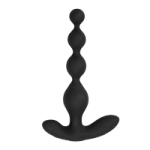 Anal Beads
Anal Beads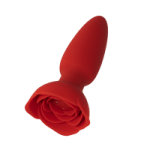 Anal Vibrators
Anal Vibrators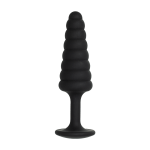 Butt Plugs
Butt Plugs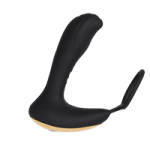 Prostate Massagers
Prostate Massagers
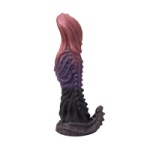 Alien Dildos
Alien Dildos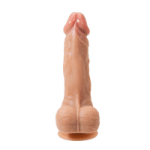 Realistic Dildos
Realistic Dildos
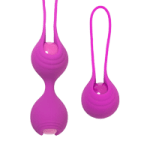 Kegel Exercisers & Balls
Kegel Exercisers & Balls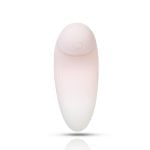 Classic Vibrating Eggs
Classic Vibrating Eggs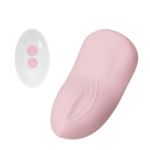 Remote Vibrating Eggs
Remote Vibrating Eggs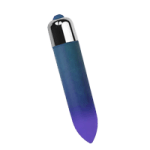 Vibrating Bullets
Vibrating Bullets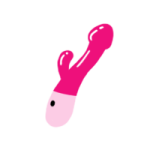
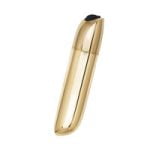 Bullet Vibrators
Bullet Vibrators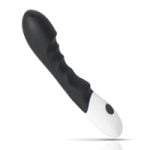 Classic Vibrators
Classic Vibrators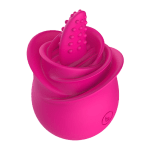 Clitoral Vibrators
Clitoral Vibrators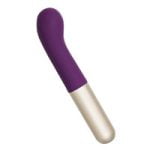 G-Spot Vibrators
G-Spot Vibrators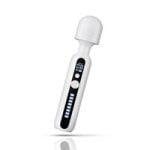 Massage Wand Vibrators
Massage Wand Vibrators Rabbit Vibrators
Rabbit Vibrators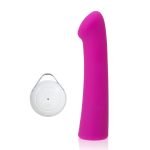 Remote Vibrators
Remote Vibrators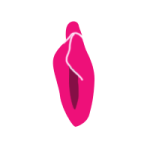
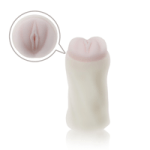 Pocket Stroker & Pussy Masturbators
Pocket Stroker & Pussy Masturbators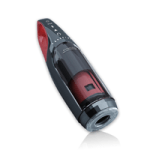 Vibrating Masturbators
Vibrating Masturbators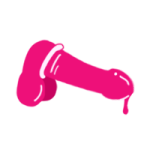
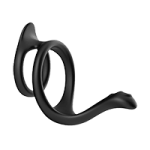 Cock Rings
Cock Rings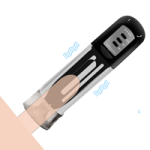 Penis Pumps
Penis Pumps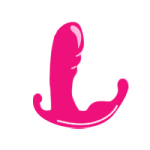
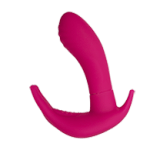 Wearable Vibrators
Wearable Vibrators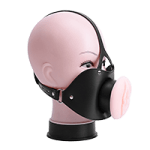 Blindfolds, Masks & Gags
Blindfolds, Masks & Gags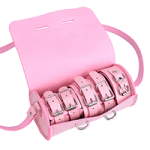 Bondage Kits
Bondage Kits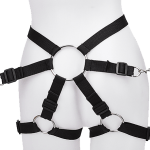 Bondage Wear & Fetish Clothing
Bondage Wear & Fetish Clothing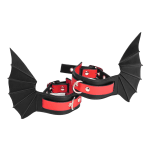 Restraints & Handcuffs
Restraints & Handcuffs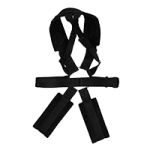 Sex Swings
Sex Swings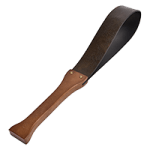 Ticklers, Paddles & Whips
Ticklers, Paddles & Whips



